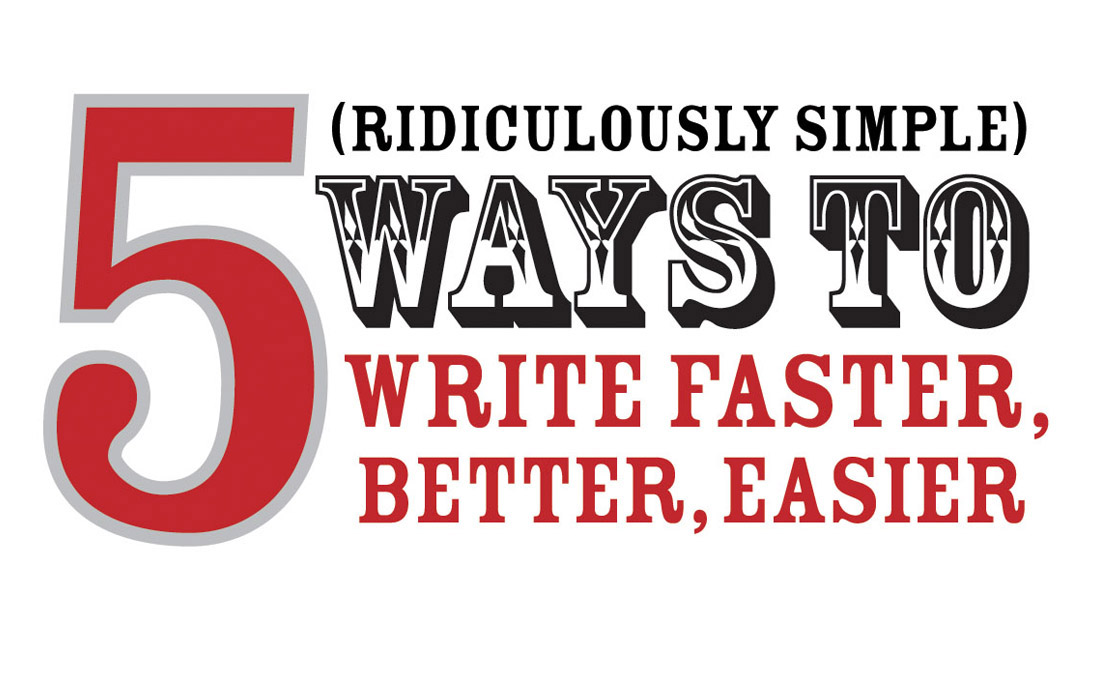The Hero's Journey Pt.3: Capturing the Corporate Video Interview
 Tuesday, December 2, 2008 at 02:54PM
Tuesday, December 2, 2008 at 02:54PM The crew is ready. Your interviewee, or hero, is ready. You’re ready.

Now, the second part of the “hero’s journey,” the “initiation,” is about to begin.
Of course, this initiation is not a series of tests in the classical sense of the “hero’s journey.” Think of the “initiation” as a conversation; simply a series of explorations into someone’s point of view.
We started off this series talking about the hero’s journey as a metaphor for video storytelling.
The next post shared the steps to prepare for the video interview, or the first stage of the hero’s journey; the “separation.”
- Step 1. Be a story steward
- Step 2. The story is in your answers
- Step 3. Keep the questions to yourself
This post will focus on the second stage of the hero’s journey, the initiation, and the three components to successfully capture your hero’s story on-camera.
The Hero’s Journey: The Initiation
Step 1. Warm-up questions
It’s tempting to jump right in and start asking questions about your topic. That can be a rough way to start your conversation, especially for someone who has never appeared on camera before. Consider entering the conversation informally and more naturally, like you were asking questions over a meal.
Begin the conversation by asking questions you may not use in your video but will put everyone at ease. You’ll be pleasantly surprised that some of the answers to these warm-up questions are a great way to start or end your video.
Here are a few questions I like to ask to gradually get the conversation going. Pick what will work for you.
• What were you doing before you came here?
• How did you discover this job?
• What’s a good day for you look like?
• How does that make you feel?
• What are you passionate about? What makes you tick?
• When you were coming into work this morning, what were you thinking about?
• When someone asks you what its like to work here, what do you say?
• What’s the culture like here? Describe it for those who haven’t been here.
Step 2. Provide space in-between questions
Once the conversation is underway, turn your attention to the content of the video.
Now that the conversation is underway, here’s a simple technique to get the most from your interview.
Instead of jumping right into the next question, wait a few seconds before speaking. Give a moment to the interviewee to see if they want to add anything else to what they just said. It may look like they finished their statement, but in fact, they often want to say more. They just need the space to say it. Provide that space with a few seconds of pause before you jump into your next question.
Step 3. What did we miss?
You asked all your questions; even a few extra spontaneous ones. You’re done, right? Not yet.
Take a few moments to reflect on what was covered. Nine times out of 10, you missed something. Think of asking your questions from a different perspective. Perhaps you didn’t cover a certain area of your customers, vendors, company divisions, etc.
Another great technique I often use is to turn around and ask my film crew if they have any questions. A crew brings an entirely different perspective to the conversation and it’s a great way to capture additional and important ideas you might have missed.
Speaking of missing, what did I miss? What tips or techniques have you used to capture a great interview? If you’ve appeared in a company film, what suggestions would you share to make the journey more successful and inspiring?
---Tom
P.S. Originally posted on my FastCompany.com column, "Let's See That Again!"
 The Hero's Journey Pt.3: Capturing the Corporate Video Interview
The Hero's Journey Pt.3: Capturing the Corporate Video Interview



